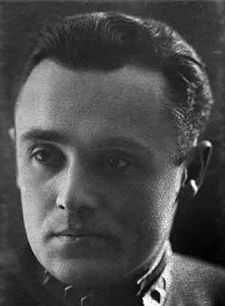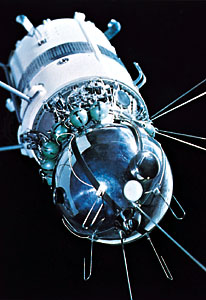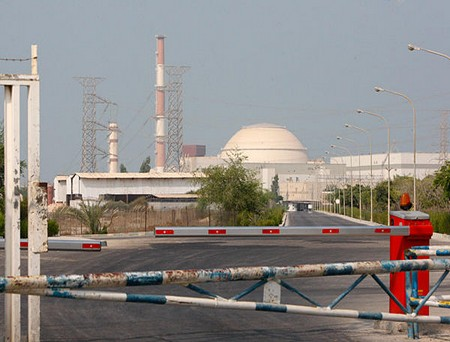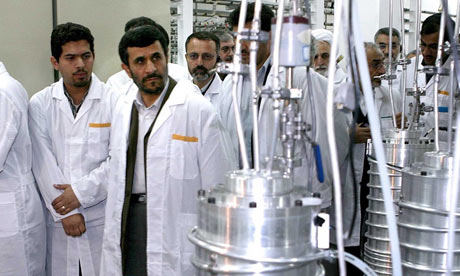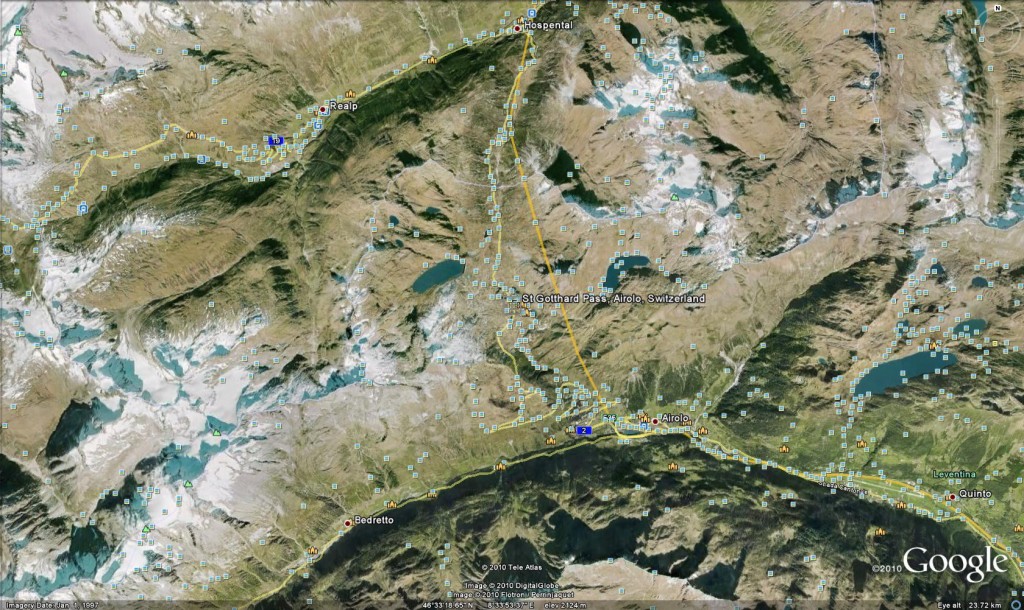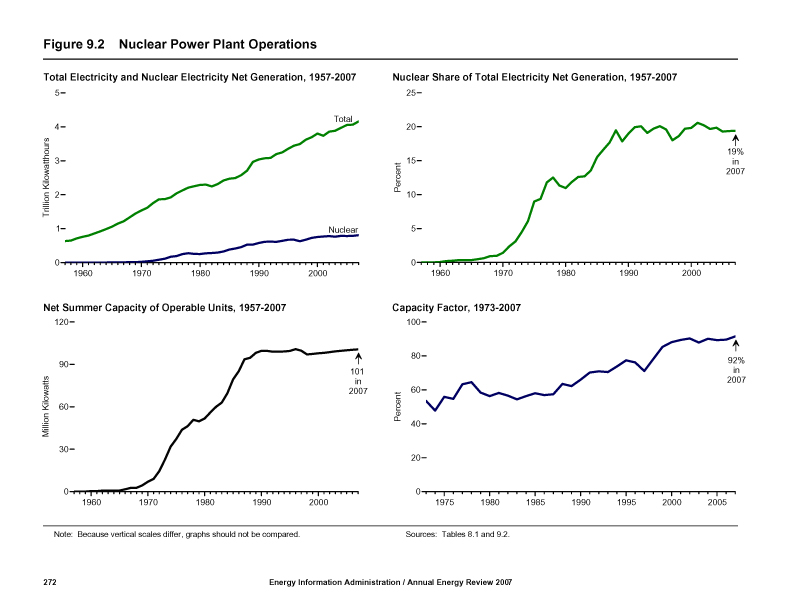A late announcement today from Apple Corporation managed to drop the after market price and relative value of one of the hottest stock properties in the world more than 7 percent. The message wasn’t so much a what, but a who – legendary Apple CEO Steven Jobs announced he was relinquishing the position of leader of a corporation that had made one of the greatest comeback stories in American business history on the strength of his vision and leadership. The story of Steven Jobs is every bit an American success story, and a primary example of why we can never let government rather than the market dictate what is or will be a leading technology.
Steven Jobs didn’t go to an Ivy league school, write a crucial paper on nanotechnology, invent hedge funds, or succeed at everything he put his mind to. He was instead the ideal of the American Dream that has powered the American economy to the dominant position in the world. Nobody predestined this adopted son of California parents to change the world as he did. He grew up non-descript and struggled to even attend college at all, dropping out after several months and essentially “phoning” in his effort. He liked technological things but did not initially show commitment to anything that looked like a job. A fortuitous acquaintance with computer geek Steven Wozniak lead Jobs to consider the crazy idea of starting a computer company out of his garage in 1976. At a time when IBM was a company of business machines and the sole purveyor of “computers”, Jobs and Wozniak had the impulse to personalize the computer when no one knew what that meant. It was horribly unclear what a person would actually do with a personal computer, but Jobs and Wozniak came up with the concept of tying the computer to desktop publishing and devised a graphics interface to make it palatable to the non-computer geek. Apple I, Apple II, and finally Macintosh was born, and the world was never the same. Though Microsoft Windows eventually took over the world of computer interface, it has always been a pale second to the genius of the Macintosh Operating System, that was the first to use icons for computer instructions, graphics, and mouse click, drag and drop. Wozniak made the computer guts work but it was the particular genius of Jobs that formulated the personal look and feel of an Apple product that instantly defined it as something different, and somehow better and leading edge cool.
Like all visionaries, Job had his difficult egocentric side, and in the 1980’s his demand for total control proved too much for the company he founded to bear, and he was essentially released. The path of failure was only one of many paths of Jobs visionary journey. He founded NeXt technologies and bought a little known computer aninmation company he renamed PIXAR entertainment, and within ten years it was Apple that was begging him to come back to the fold. Apple purchased NeXT for 430 million dollars and more importantly put Jobs back int the vision seat of the company that had tumbled to less than three percent of the personal computer market.
The rest is history. In a ten year period that would be the envy of Thomas Edison, Jobs helped Apple create the Macintosh OS X operating system that made the world of Apple possible with the iMAC personal computer, revolutionized how we listened and collected music with the iPOD, took over the music industry with iTUNES and iTUNES Store, changed personal communication forever with the iPHONE, and invented a new computer interface known as iPAD that will convert the world of personal computing more profoundly than the original Apple. The genius of Jobs was his ability to inject entirely new interfaces for the public to digest that would cause them to leave completely their comfort zone with proven technology and accept Job’s vision of the future.
Jobs has known brilliant success and personal rejection, spot on analysis and woeful misdirection, business stagnation and unbounded business growth. What he has known more than anything is that the American story is not how it begins or ends, but how the journey can be your own if you only accept the primary principle, you are limited only by your effort and imagination. He has given his country a gift more precious then the magnifient inventions that have change our lives or the jobs and fortunes he has created for tens of thousands of individuals. He has given us the beautiful example that in this wonderful experiment known as America, all things are possible.
It appears illness will finally defeat Jobs where competition, turmoil, and limited understanding could not. We all are indebted to Steven Jobs for bringing his indominable will to his perceived vision in the perfect marrage of both in Apple. At a time where the country founders on the rocks of entitlement and repression of personal incentive, we need only look Mr Jobs as to what happens when the world gets out of the way – and lets a thousand flowers bloom.



